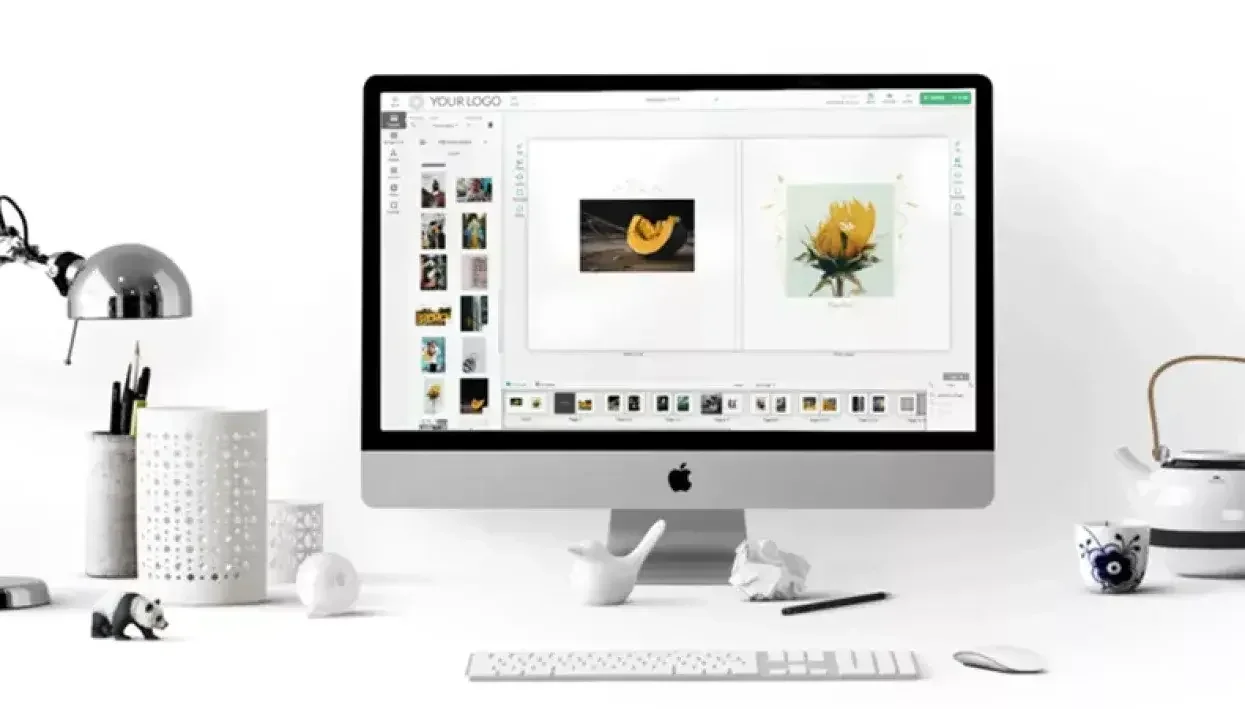Digital Printing
Personalised photo products: four steps to success
Author
FESPA Staff
Published Date
31/10/2019
Become a FESPA Member
to Continue Reading
